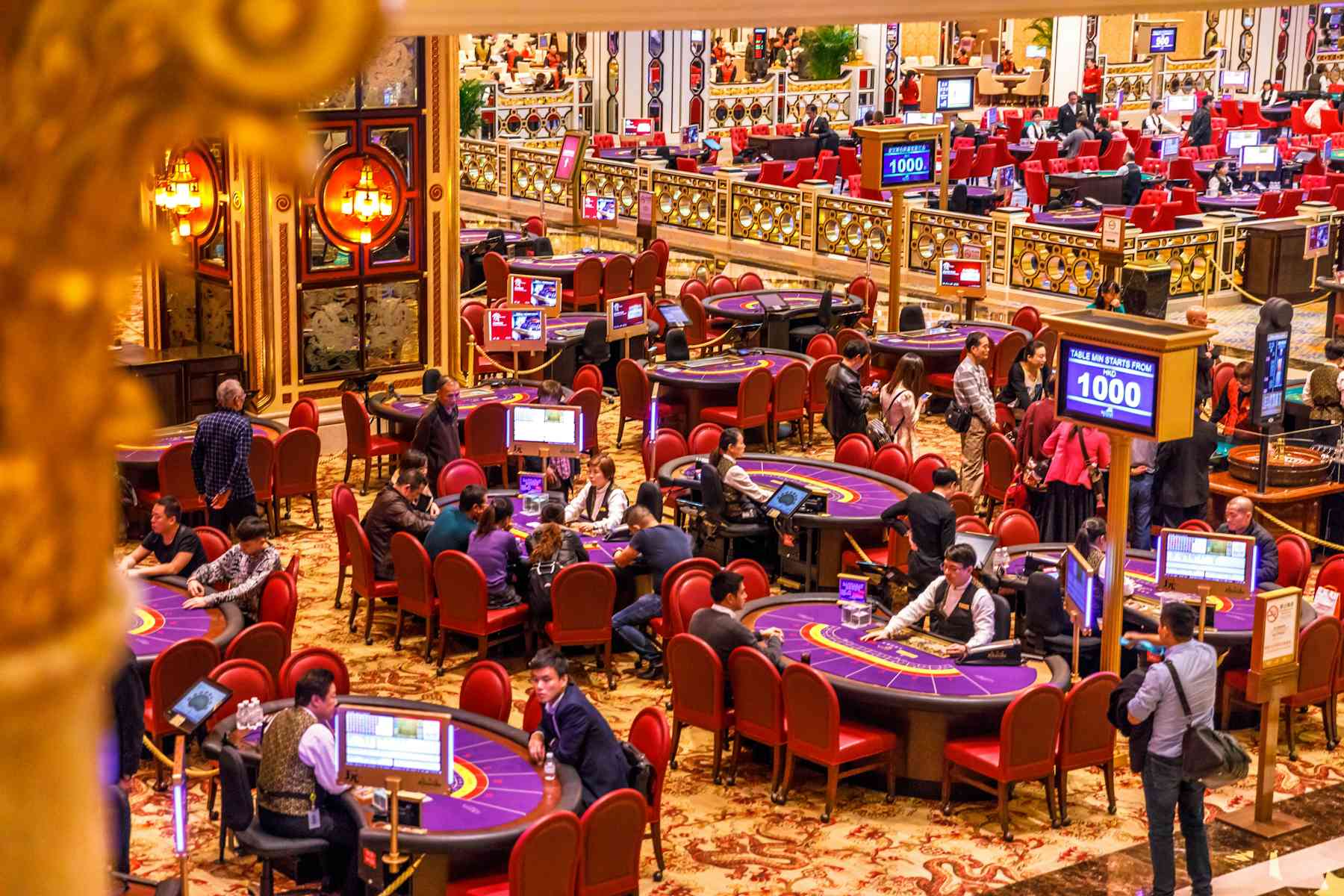
Casino games have long captivated people’s attention, drawing players into a universe filled with fortune, strategy, and the allure of excitement. Each game is painstakingly crafted not just for entertainment, but also to elicit specific emotional responses that keep gamblers engaged and invested. Understanding the motivations behind these designs reveals much about how behavioral psychology plays a vital role in the gaming experience.
From the vivid lights and lively sounds to the sophisticated layering of guidelines and rewards, casino games are designed to create an atmosphere of anticipation and expectation. Game designers leverage behavioral strategies to influence participant behavior, whether through the use of jackpots, almost wins, or social interactivity. By examining these elements, we can better appreciate how casino games fulfill not just a want for entertainment, but underlying psychological needs for excitement and hazard.
Comprehending Player Behavior
Casino games are crafted with a deep grasp of player psychology, which is essential for luring and keeping players. The excitement of the game, coupled with the expectation of winning, produces a strong allure. Game designers employ elements like sound effects, dynamic graphics, and engaging gameplay to seize attention and generate emotional responses. https://kubet.memorial/ These sensory experiences enhance the immersive experience, making players feel more involved in the game.
Another significant aspect of player behavior is the idea of risk and reward. Casino games often weigh high-stakes situations with the potential for significant rewards, which can lead to the event known as near-miss phenomenon. When players come within reach to winning, the brain produces dopamine, strengthening their behavior and encouraging them to keep playing in search of that hard-to-reach win. KUBET This cycle of hope and frustration plays a critical role in how games are structured and promoted.
Lastly, community aspects also play a central role in player behavior at casinos. Many games are designed to be played in groups or with other players, creating a sense of belonging and shared experience. The interaction inherent in games like poker enhances enjoyment and can result in extended gameplay. Designers leverage on this by creating environments that prompt players to remain, interact, and come back, making the overall casino experience more inviting.
The Role of Imagery and Audio
Imagery and audio play a vital role in elevating the player’s experience within casino games. Designers utilize bold colors, eye-catching graphics, and captivating animations to grab gambler’s attention and hold their focus. The use of motifs, such as exploration or opulence, helps create an engaging atmosphere that takes players into a different world. By appealing to the senses, these elements add to a intensified emotional response, prompting players to interact more profoundly with the games.
Audio design is equally important in enhancing the experience of casino games. The combination of background music, sound effects for winning combinations, and environmental noises creates an auditory landscape that holds players fascinated. Audio cues associated with victories, such as chiming bells or celebratory music, evoke feelings of excitement and satisfaction, encouraging players to keep playing. These sound cues are strategically placed to enhance the excitement of the game and create a more engaging experience.
Moreover, the alignment of visuals and sound is important for reinforcing the game’s overall concept and mood. Each element should align seamlessly to create a unified experience that pulls players in. The effective use of this synergy not only enhances user satisfaction but also boosts the chances of repeat play, as players become more invested in the captivating world that the gambling games offer. This thoughtful integration of imagery and sound ultimately enhances player involvement and commitment.
Reward Structures and Participation
The creation of gambling games greatly depends on incentive systems to keep participants involved and coming back for more. These structures are rooted in behavioral principles that exploit human nature and motivation. Participants are often driven by the thrill of success, which is reinforced by instant feedback through the game structure’s design. This instant gratification not only enhances the gaming experience but also cultivates a feeling of success, prompting participants to keep participating in hopes of greater rewards.
Gaming establishments utilize various incentive systems, such as jackpots, bonuses, and increased rewards, to engage participants. These features create a level of excitement that sustains interest. Additionally, the randomness of outcomes plays a crucial role in sustaining interest. The intermittent reinforcement schedule, where successes are unpredictable but occur often enough, keeps participants on edge and motivated to keep playing. This cycle of hope and anticipation is foundational to the effectiveness of casino games.
Moreover, social elements, such as tournaments and collaborative options, boost the engagement factor by leveraging the desire to compete of players. The shared experience of playing with fellow participants can amplify the excitement of success and create a community atmosphere within the casino. By integrating these social dynamics with effective incentive structures, casino games don’t just provide fun but also foster a deeper bond among participants, reinforcing their loyalty to the gaming experience.
